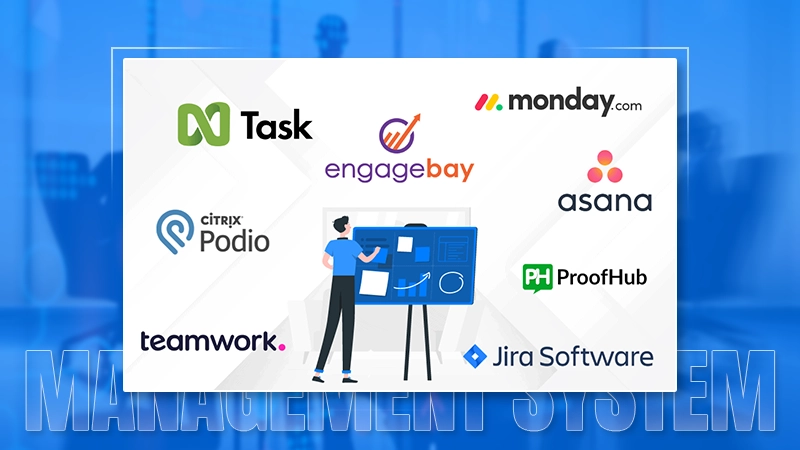If you want to make your business a success then it is crucial to have a regular and effective participation of stakeholders. It also includes managing expectations, fostering open communication, and maintaining transparency with contributors.
In this article, we will try to find the importance of managing expectations in stakeholder engagement and will explore the vital role played by transparency and communication in accomplishing positive results. By implementing the mentioned principles, organizations can make a stronger connection with the members and can guarantee their meaningful and productive involvement.
The Role of Communication

The key to a successful investor taking part in Communication. And there are different ways of conversation in stakeholder involvement:
Effective Communication Strategies
- Developing a comprehensive transmission strategy is essential for engaging contributors effectively.
- Identify the most suitable conversation channels, such as emails, meetings, or online platforms, to reach stakeholders.
- Establish a clear plan for regular and timely meetings to keep stakeholders informed and engaged throughout the project.
Clear and Concise Messaging
- Crafting clear and concise messages is crucial to ensure investors understand the project objectives and expectations.
- Use plain language and avoid technical jargon to make the information accessible to all investors.
- Articulate the purpose, benefits, and potential challenges of the project in a straightforward manner to foster understanding and support.
Tailoring Communication to Different Stakeholder Groups
- Recognize that different stakeholders have unique needs and perspectives.
- Tailor communication approaches and messages to address specific concerns and interests of each investor group.
- Adapt the communication style, tone, and format to resonate with diverse stakeholders, ensuring effective community engagement and meaningful dialogue.
The Power of Transparency
Transparency plays a vital role in successful stakeholder engagement. Let’s explore the significance of clarity in fostering effective relationships:
Building Trust through Transparency
- Transparency is the foundation for building trust between organizations and contributors.
- Openly sharing information about project goals, processes, and decision-making instills confidence and credibility.
- By being clear, organizations demonstrate their commitment to accountability and ethical practices, strengthening stakeholder trust.
Sharing Relevant Information and Updates
- Regularly sharing relevant information and project updates keeps stakeholders informed and engaged.
- Provide timely updates on project milestones, challenges, and achievements to maintain liquidity.
- Transparent information allows stakeholders to understand the project’s progress, potential impacts, and their roles in the process.
Addressing Concerns and Feedback Openly
- Transparency encourages open dialogue and creates an environment where concerns and feedback can be addressed.
- Organizations should actively listen to stakeholders’ concerns and respond honestly and with clarity.
- By addressing concerns openly, organizations can demonstrate their commitment to stakeholder input and adapt their strategies as needed.
Best Practices for Stakeholder Engagement
Implementing best practices for stakeholder engagement is essential for effective meetings and collaboration. Let’s explore key practices to enhance investor engagement:
Regular and Meaningful Engagement
- An interaction with capitalists on a regular basis can maintain a long-term situation.
- It provides opportunities to do some important interactions, like meetings, workshops, and consultations.
- Constant involvement makes transparency and makes sure that stakeholders stay informed and involved in the decision-making.
Actively Listening to Stakeholders’ Perspectives
- Actively listen to stakeholders’ perspectives, concerns, and feedback.
- Create a safe and inclusive space for stakeholders to express their views.
- By listening attentively, organizations can gain valuable insights, build trust, and address investors’ needs effectively.
Seeking Input and Involving Stakeholders in Decision-Making
- Involve stakeholders in the decision-making process to ensure their input is considered.
- Seek their expertise, ideas, and recommendations to inform decision-making.
- By involving capitalists, organizations demonstrate respect for their opinions and foster a sense of ownership and collaboration.
Overcoming Challenges in Stakeholder Engagement

Stakeholder engagement can encounter various challenges. Here’s how to overcome them:
- Dealing With Conflicting Interests: Recognize diverse stakeholder interests and find common ground through open dialogue and compromise.
- Handling Resistance and Skepticism: Address concerns, clarify misconceptions, and provide evidence to build trust and credibility.
- Adapting Communication and Transparency Strategies Accordingly: Tailor communication approaches to address different capitalist needs and preferences, ensuring clarity throughout the engagement process.
By addressing these challenges head-on, organizations can navigate stakeholder engagement more effectively, fostering collaboration and achieving positive outcomes.
Conclusion
In conclusion, effective stakeholder engagement requires a strategic approach that emphasizes command and transparency. By managing expectations, organizations can establish a foundation of trust and understanding with contributors, leading to productive collaborations and successful outcomes.
Clear and concise messaging, tailored communication strategies, and clear information sharing contribute to meaningful involvement and the building of strong relationships.
Additionally, actively listening to investors, involving them in decision-making, and overcoming challenges through open dialogue and adaptability are essential for successful engagement.
By implementing these principles and practices, organizations can foster a culture of effective stakeholder participation, driving positive results and long-term success.







